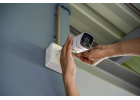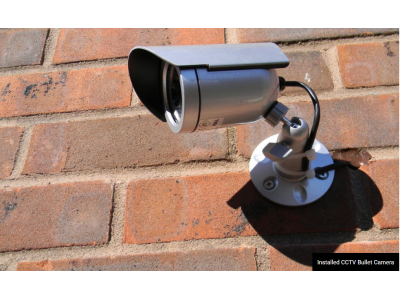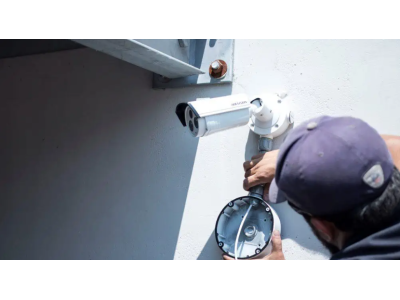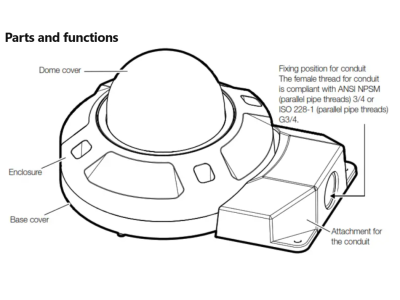
Surveillance Camera Installation Guide
Proper installation of surveillance cameras is crucial for effective monitoring and security. This guide explores best practices, cost considerations, and technical setups for both outdoor and indoor cameras, as well as digital IP systems.
1. Choosing the Right Location
Placement is critical to ensure effective surveillance. Key considerations include:
- Optimal Field of View: Ensure the camera covers the desired area.
- Minimized Glare: Avoid direct sunlight or artificial lighting that can cause glare.
- Protection Against Tampering: Place cameras in hard-to-reach areas or use vandal-resistant models.
For indoor setups, avoid direct exposure to windows or light fixtures to reduce glare and false triggers, especially for motion-activated systems.
2. Installing Outdoor Cameras
Outdoor cameras face unique challenges such as weather, potential vandalism, and fluctuating lighting conditions.
Recommendations:
- Weatherproofing: Use cameras with high IP ratings for durability.
- Vandal Resistance: Install cameras with metal housings or embed them into structures for added protection.
- Redundancy: Position multiple cameras to cover each other's blind spots.
Cable Installation:
- Keep signal and power cables separate from high-voltage lines to reduce interference.
- Use twisted-pair cables for distances over 100 meters to maintain signal quality.
- Install surge protection to safeguard against electrical and lightning surges.
3. Installing IP (Digital) Cameras
IP cameras offer flexible setup options, including wireless configurations and centralized control.
Setup Process:
- Mounting: Secure the camera using wall or ceiling brackets.
- Cable Management: Use Ethernet cables for power and data transmission (PoE technology).
- Connection: Link cameras to a network switch or router.
Advantages of IP Systems:
- Multiple cameras can share a single data line.
- Easy scalability and integration with cloud-based monitoring services.
- Direct access via smartphones or PCs for remote monitoring.
4. Installation Costs
The cost of installing surveillance cameras depends on multiple factors:
- Type of Camera: Outdoor, indoor, or IP cameras have varying costs.
- Cabling: The length and type of cables affect overall expenses.
- Additional Equipment: Power supplies, switches, and surge protectors add to the cost.
Estimated Costs:
- Camera Installation: $50–$150 per camera, depending on complexity.
- Cable Setup: $1–$2 per foot for standard cabling.
- DVR/NVR Installation: $100–$200 for setup and configuration.
For larger systems, hiring a professional installer ensures proper setup and minimizes risks of malfunctions.
Conclusion
Whether you're installing a simple home surveillance system or a complex commercial setup, careful planning and adherence to best practices ensure optimal performance and security. Evaluate your needs, choose the right equipment, and consider professional assistance for a seamless experience.



